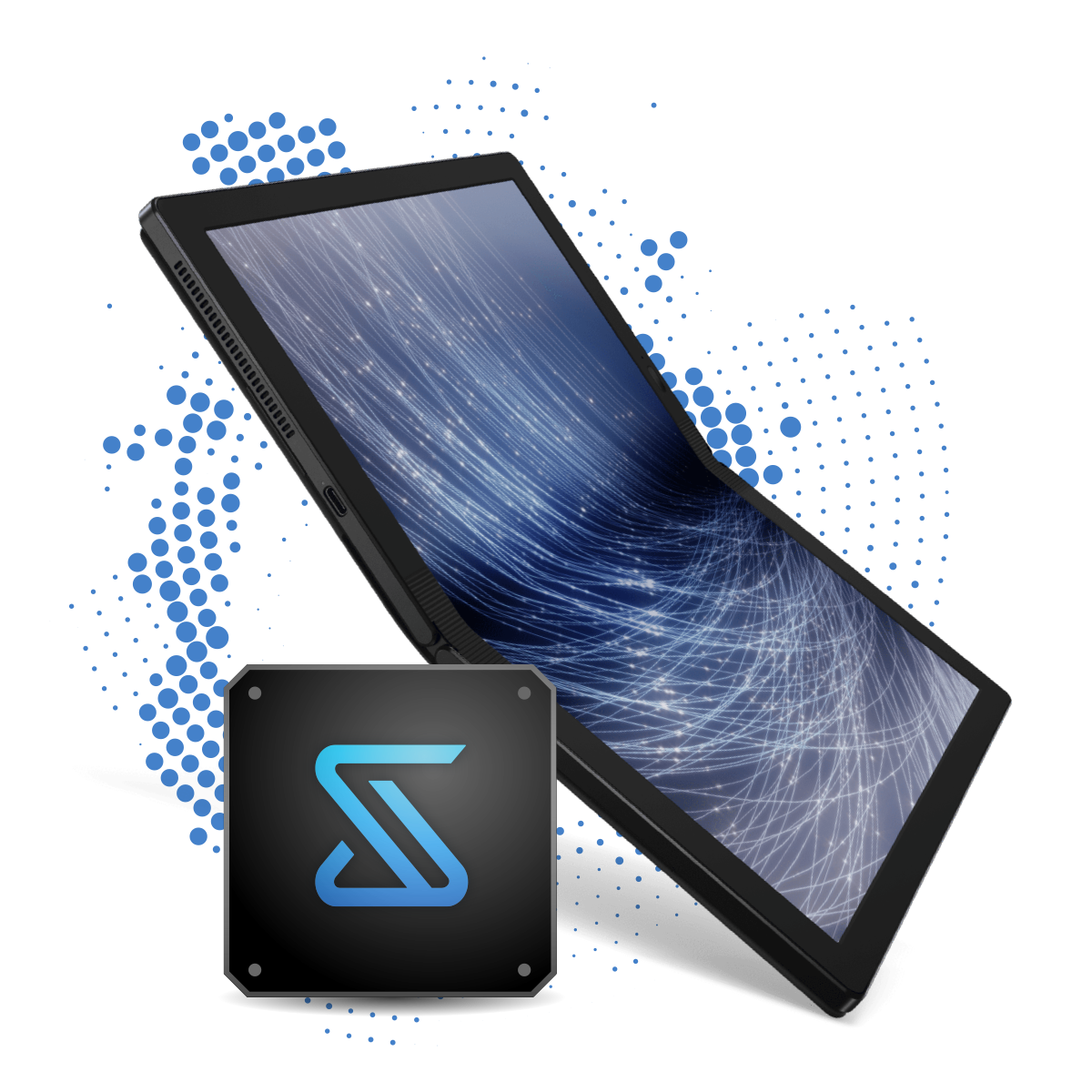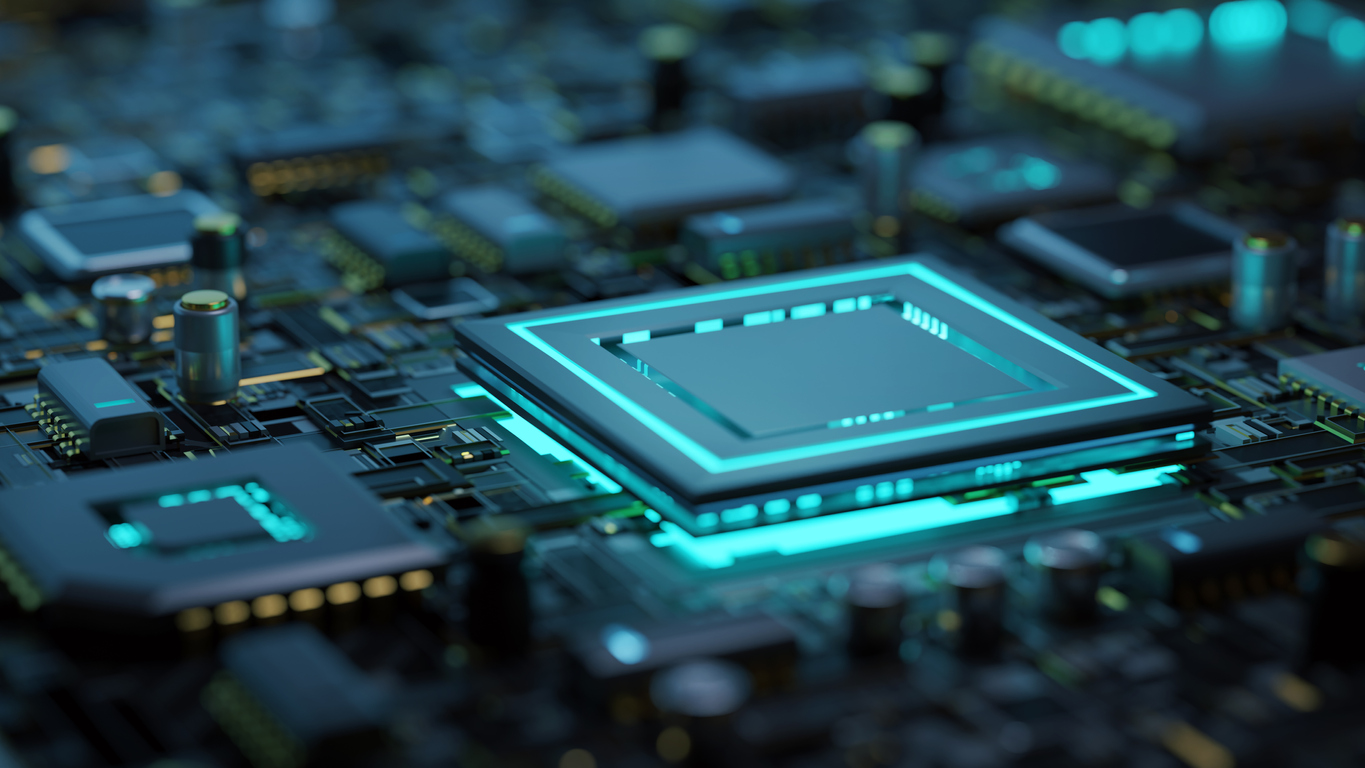Have you ever tried to build a high-resolution data acquisition system, only to find that most of the signal of interest is buried in a sea of various noise sources? These noise sources will ultimately determine your practical Signal-to-Noise Ratio (SNR). But in order to sense the world around us, we are required to convert high-resolution analog parameters such as temperature, pressure, light, sound, etc, into an equivalent digital form to be used by computing devices.
Therefore, the challenge is to reduce the noise as much as possible to effectively increase the SNR. Traditional design techniques such as analog amplification, signal conditioning, filtering and noise shaping are some ways to reduce circuit noise. While these techniques reduce the level of noise, they also add unwanted errors due to the susceptibility and non-idealities of the analog circuitry. In addition to maximizing the SNR, the engineer is also required to make tradeoffs for cost, resolution, power, bandwidth and architecture.
What if we could reduce or in some cases, eliminate the need for small signal amplification and analog signal conditioning? What if we could reduce cost and power while resolving analog signals at up to 24 bits resolution? What if we could also scale the number of sense channels to allow concurrent sensing and eliminate the need for multiplexing.
This is where direct-to-digital comes in. The direct-to-digital sensing system is a closed loop, self-biased, current based ADC that interfaces directly to the sensor network and receives analog input as an electrical current. The analog input current can be of any magnitude, even as low as pico-amperes, and digitized directly into a high-resolution digital format. This eliminates many of the challenges of designing with traditional voltage-based ADC converters while providing continuous high-fidelity digital data. Once the signal is converted into its digital form, the signal can be post-processed using modern DSP techniques for noise reduction, filtering and active noise cancellation.

Direct-to-digital sensing is the brainchild of SigmaSense and was initially developed to solve the challenges being faced in the human-machine interface (HMI), touch sensing marketplace. These challenges include the need for very high resolution, low power, high channel counts and sophisticated noise mitigation. These same challenges are being faced in many other applications where ultra-high resolution is required. These include but are not limited to industrial, biomedical, MEMS, and battery health and safety applications.
It is the goal of SigmaSense to continue to refine the technology of direct-to-digital sensing to better sense the world around us and further enable sensing applications that were out of reach using traditional ADC data acquisition systems.




